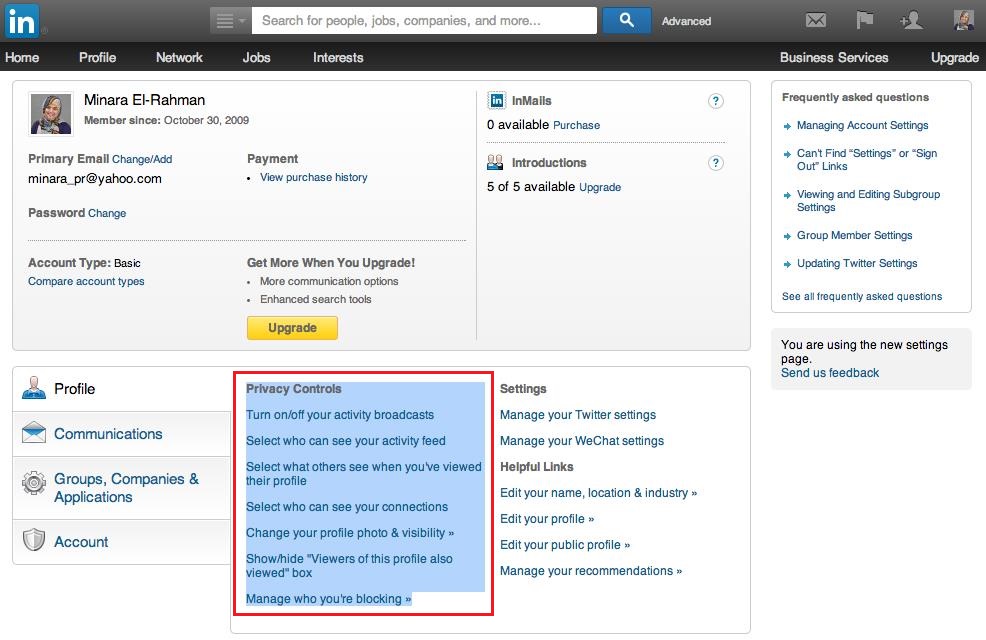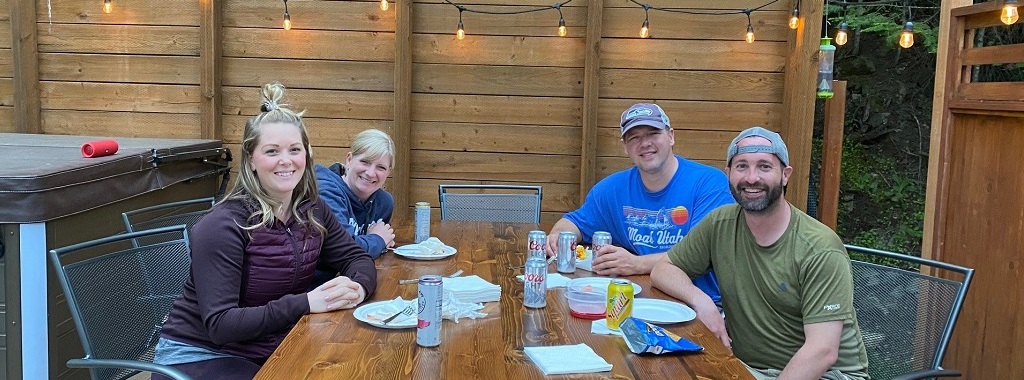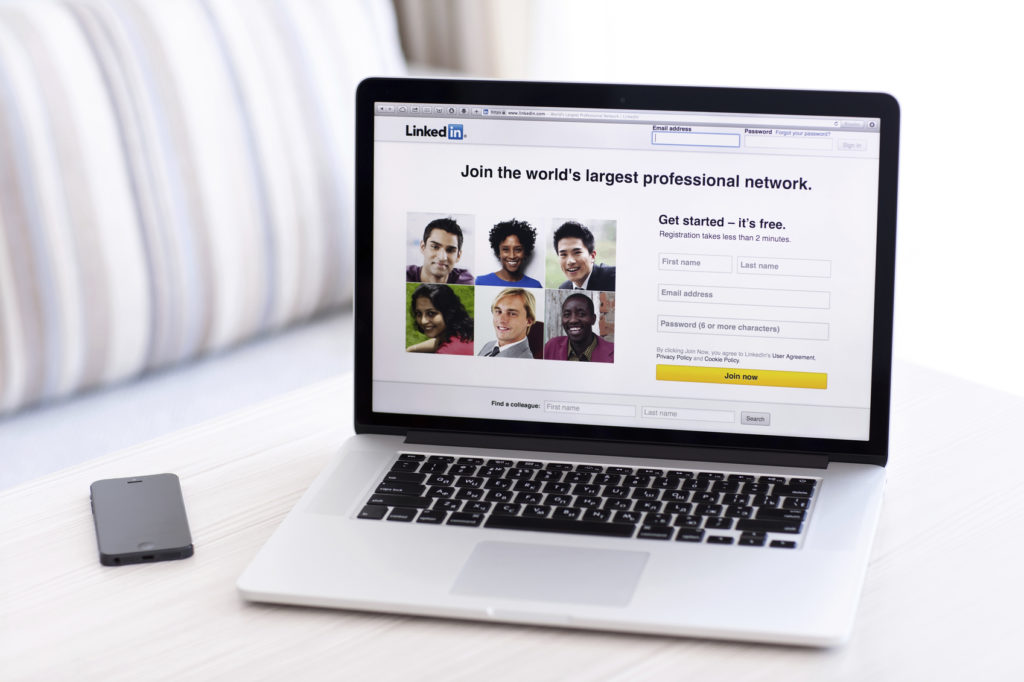Ryan Edwards eats, sleeps, drinks, and builds with mass timber. Inspired by his work with mass timber, he decided to DIY an outdoor table made from the same material he works with every day. Also, learn what mass timber is all about!
Tag: LinkedIn
Building Connections: Getting Social with Simpson Strong-Tie
Simpson Strong-Tie was built on the idea of making strong connections. That concept extends beyond our structural innovations for raising or supporting strong, resilient buildings and communities. We use social media and our two company blogs to have conversations not only about our products and services, but also about the values and mission of our company. Here are several of the ways you can tell us about your experiences with Simpson Strong-Tie, learn more about our company or ask us questions.
Continue Reading
Top 5 LinkedIn Groups to Follow for Structural Engineers
A while back, we posted about how structural engineers can use social media like Facebook, Twitter and LinkedIn. We discussed how structural engineers can use LinkedIn as a tool to find out more about industry news. While that is one way to use LinkedIn, another way to get even closer to the pulse of your industry is to join industry-specific LinkedIn groups.
LinkedIn groups are places within LinkedIn that allow professionals to share content, post or view job openings, network, and help establish key opinion leaders in a particular industry.
If you are new to LinkedIn, it can be challenging to find all of the LinkedIn groups that you may want to join. We compiled a list of structural engineering LinkedIn groups that can help you get started:
American Society of Civil Engineers (ASCE): This group was initially formed to allow networking between engineers. It has now grown to over 200,000 members and includes other professionals who work in the industry. Since this is a large group, there are more focused sub-groups that you can also join. We recommend using the ASCE group for general information.
ASCE: Structural Engineering: This is a sub-group of ASCE. The members of this LinkedIn group are mainly structural engineers. This is a good place for discussion and asking for feedback on work-related topics.
American Concrete Institute: This is a great group for structural engineers who work with concrete. You can connect not just with engineers, but also with professionals in the concrete production, design and construction industries.
SEAOC-Structural Engineers Association of California: If you are a structural engineer in California, we highly recommend this group. If you are interested in structural and seismic engineering, this is the group to join.
NCSEA: The National Council of Structural Engineers Associations (NCSEA) is a great group to join to get industry information, find resources including webinars, and hear about local industry events and meetings.
While there are a lot more LinkedIn groups, we hope that the ones we have shared are useful for you. What LinkedIn groups do you recommend? Let us know in the comments below.
LinkedIn Best Practices for Structural Engineers
As many of you know, LinkedIn is a social networking website specifically aimed at business professionals and is designed to help you  connect and network with people you know and trust. You can add colleagues, peers and others as contacts and send them messages. You can create and update your personal profile to let your contacts know about your professional activities, and both recommend or endorse your contacts and get recommended or endorsed by your contacts for your professional skills. In addition, you can join groups to communicate with other professionals within the same sector or industry. You are also able to ask and answer industry-related questions, and to learn about and apply for job openings.
connect and network with people you know and trust. You can add colleagues, peers and others as contacts and send them messages. You can create and update your personal profile to let your contacts know about your professional activities, and both recommend or endorse your contacts and get recommended or endorsed by your contacts for your professional skills. In addition, you can join groups to communicate with other professionals within the same sector or industry. You are also able to ask and answer industry-related questions, and to learn about and apply for job openings.
A basic membership on LinkedIn is free, but you can also upgrade your account in order to have access to professionals outside of your network.
To help guide you, here are some best practices for how to set up and optimize your LinkedIn account.
Update and Complete Your Profile
 Having a complete and updated profile on LinkedIn allows you to put your best face forward. Make sure to summarize your role and responsibilities and current and past work experience, highlighting the details you think will make a prospective customer want to work with you. Include a professional-looking headshot and your current contact information. LinkedIn will even tell you your profile strength on the right-hand rail.
Having a complete and updated profile on LinkedIn allows you to put your best face forward. Make sure to summarize your role and responsibilities and current and past work experience, highlighting the details you think will make a prospective customer want to work with you. Include a professional-looking headshot and your current contact information. LinkedIn will even tell you your profile strength on the right-hand rail.
Join Industry Specific Groups
Joining groups that are relevant to our industry will allow you to participate in online industry discussions. Answering questions related to your field of expertise within these discussions is an excellent way to position yourself as an authority and build your professional reputation. Here are some structural engineering groups that you can start with:
SEAOC-Structural Engineers Association of California
Forge Connections
Connect with people you already know using your email contacts. This will help you maintain your existing relationships as well as branch out to connect with industry-related people your contacts may know. Another great feature of LinkedIn is that it will tell you “People You May Know” based on where you work or are already linked to. This feature will help you find meaningful connections.
Follow the Company Page and Share Posts
Simpson Strong-Tie has a company LinkedIn page to connect with customers. Company pages are a way to keep up to date on trends in design and building materials, code changes, product launches and other industry news. Make sure to follow the Simpson Strong-Tie company page so that you can stay informed about our latest news and updates.
Make sure to review and manage your privacy settings to help you control how many people can view your activities and personal information. You can do this by hovering your mouse on your thumbnail image on the far right- hand side of your home page. You should see an Account & Settings drop-down menu appear with an option that says “Privacy & Settings: Manage.” Click this option. Once you are there, you can manage all of your privacy settings.
You should see an Account & Settings drop-down menu appear with an option that says “Privacy & Settings: Manage.” Click this option. Once you are there, you can manage all of your privacy settings.
How do you use LinkedIn as part of your engineering career? Let us know in the comments below.
Getting Involved and Staying Connected in the Industry
I’m excited to share some tips on getting more involved with the structural engineering community. There are many organizations and industry associations related to structural engineering that it can feel daunting to try to meet all of the key players and make a name for yourself.
I have a really unique and fun job at Simpson Strong-Tie as a field engineer for our light-frame construction products, which include connectors, fasteners, and lateral systems. As a field engineer, I spend most of my time out on the road visiting engineers, architects, building officials, contractors, and others who need technical assistance using our product lines. While this means I spend a good chunk of time in SoCal traffic, I do get to talk to lots of different people working on projects ranging from small home remodels that might be using our new Strong-Frame® special moment frame to huge multi-family housing projects with several thousand units.
I also make sure to attend as many industry association functions as I can, because these are the best places to network and meet other professionals. There are many great organizations, including the Structural Engineers Association, which has chapters all over the United States. The California chapters have very strong participation. I also suggest getting involved in other industry organizations that include people outside of the profession, such as building officials, inspectors, contractors, builders, and architects. These people play an integral part in the construction industry and it’s important to understand their role and importance in supporting structural engineering.







